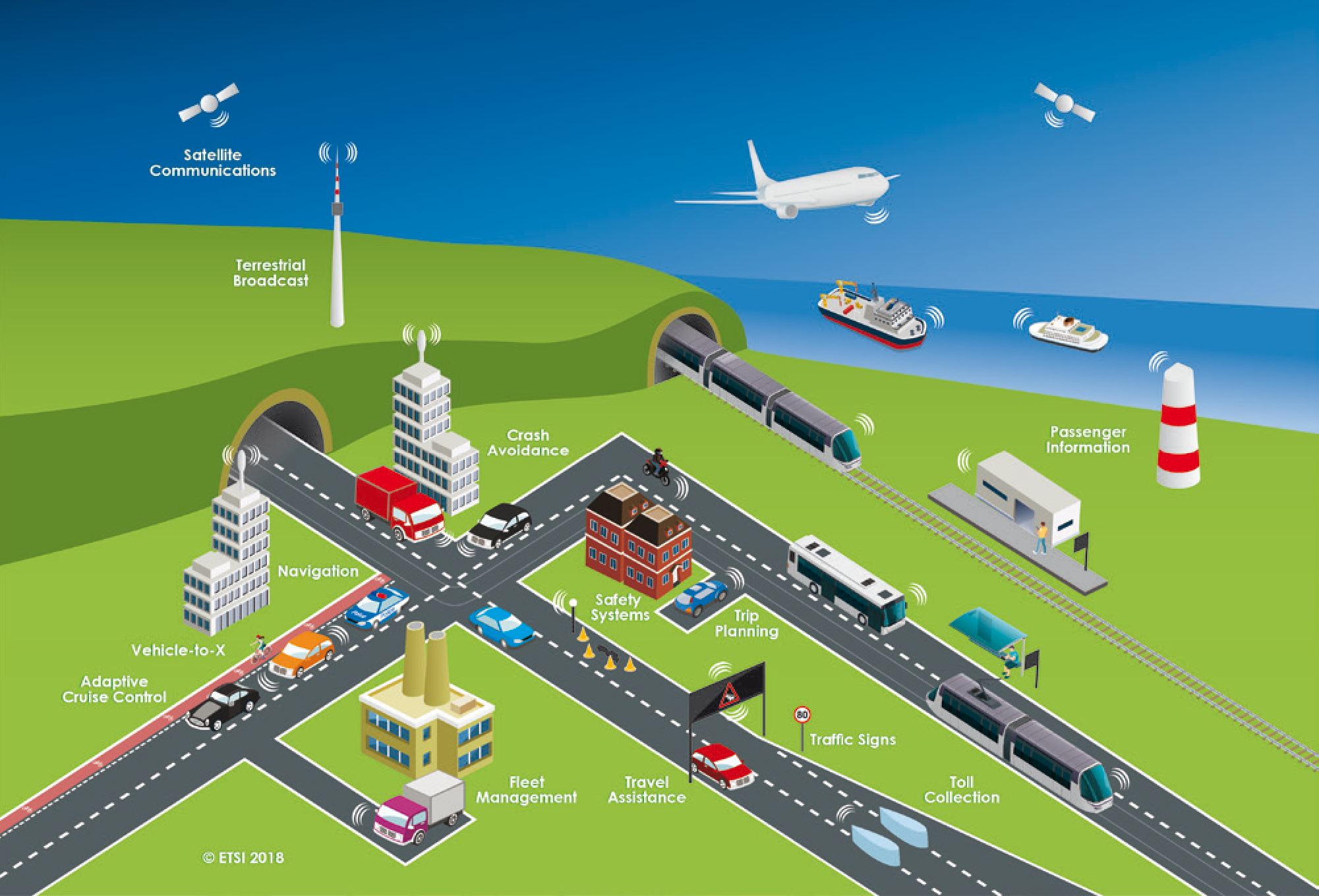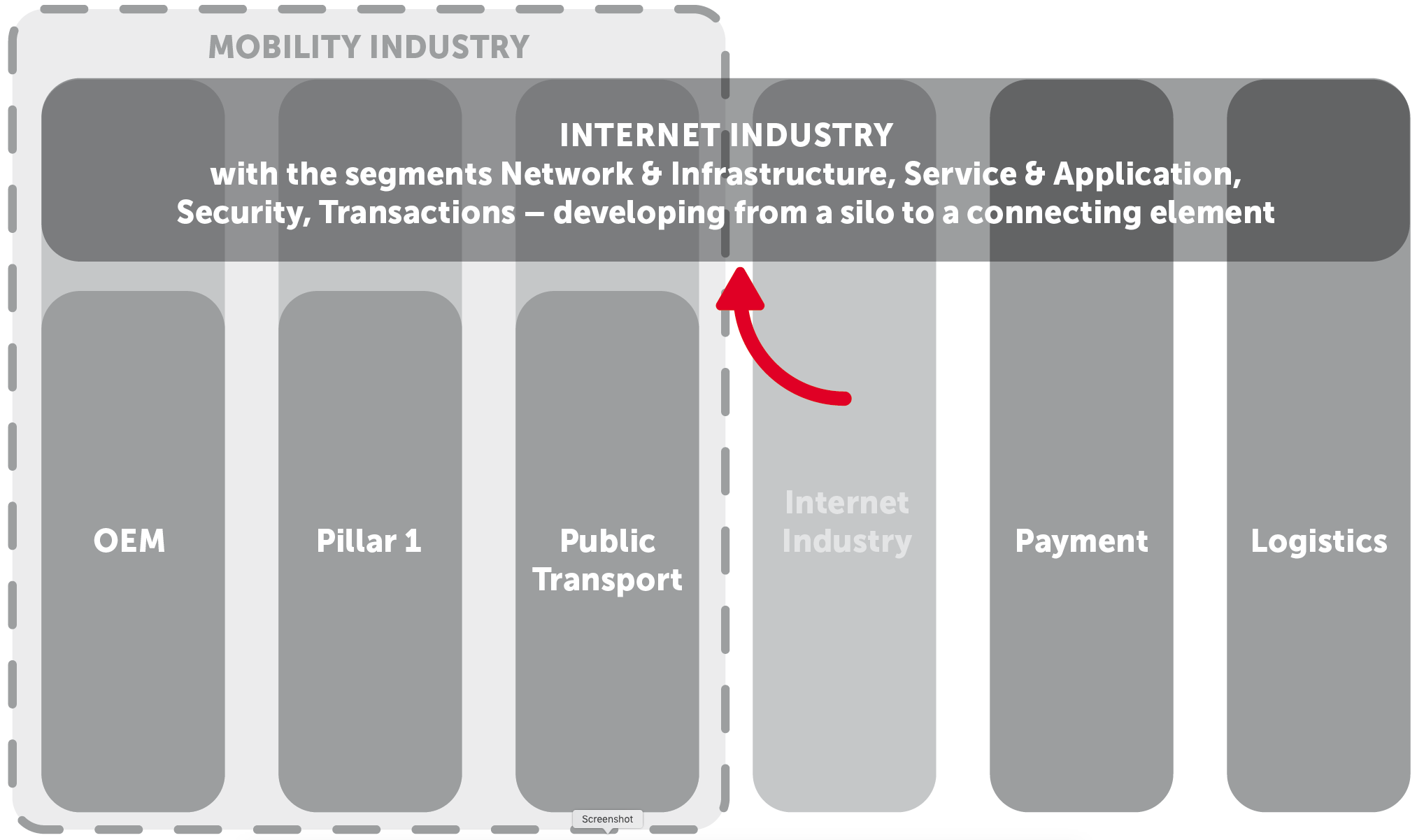Guidelines
Connected and Autonomous Mobility
Challenges in the fields of cyber security, data protection, and warranty and liability law
Mobility 2030 – A look into the future
The mobility sector is facing enormous changes with digitalization. Because not only the car itself is changing dramatically, our understanding of mobility is also changing. Accordingly, the automotive industry is facing enormous changes, as its core product is no longer at the center of mobility, but rather the transport service from A to B for the customer.
Our guide “Connected and Autonomous Mobility” shows the current status of the mobility ecosystem and outlines the necessary developments in the coming years. The authors show how the successful transformation of mobility can be achieved by working shoulder to shoulder with a strong Internet industry as the linchpin.


The Internet as the key to the connected mobility of the future
eco – Association of the Internet Industry would like to support the automotive industry in advancing the digital transformation of mobility safely and efficiently, including the self-driving car: “Our goal is to interlock the automotive industry even more closely with the Internet industry and make a contribution to bringing mobility services and ultimately the self-driving car onto the road with cyber security, data protection and well-defined areas of responsibility and liability,” says eco’s Managing Director Alexander Rabe on the 46-page guide.
The topics covered in the guidelines
From A for autonomous automobile systems to preventive defense measures and data protection legal framework conditions to the Z in digitaliZation – with our vision of mobility in 2030. Download our 46-page guide free of charge and start your journey into the mobility of the future now!
